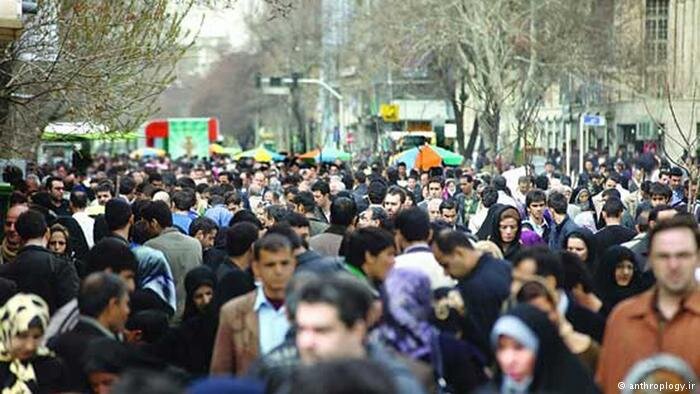Special committee aims to prevent negative population growth

TEHRAN – In a letter to the heads of medical science universities and colleges across the country, Health Minister Saeed Namaki ordered the formation of a special committee aimed to prevent the country's population from declining, ISNA reported Tuesday.
“Following a decline in the population growth rate of the country, especially in the coming years, a concern raises due to its tendency for being negative,” the letter reads.
In spite of the instructions issued in the Iranian calendar year 1393 (March 2014-March 2015), in which the share of responsible bodies and their tasks toward the issue are mentioned, it has not been followed up precisely, he lamented.
“So, we decided to form a special committee to supervise the measures taken in this regard and report it to the ministry,” he added.
“In the following years, we could reduce child mortality and increase life expectancy using health network, vaccination, oral fluid therapy, acute respiratory disease reduction, promotion of breast feeding, growth charts recording, reduction of malnutrition, as well as pregnancy and postpartum care.”
However, it is necessary to intensify and expand prenatal care in less developed areas, as well as to provide postpartum care in deprived areas, so it is imperative to quickly review and announce the facilities required in the deprived areas.
Prioritize the development of infertility treatment centers to serve couples who need treatment due to physiological problems, so that all medical universities should stablish an infertility treatment center and inform the residents about the establishment. Whole services at these centers should be free of charge. Required resources will be provided by the Ministry’s headquarters.
It is essential to form an expert team to encourage and educate couples who refuse childbearing years after marriage, in addition to informing them of the possibility of infertility in the years ahead.
Highlighting the benefits and positive effects of having a second child in single-child families, using the capacity of psychologists and experienced health professionals, especially in the field of mental health, is necessary.
Obviously, university chancellors should take advantage of cooperation with other departments in line with this important goal, while at the same time coordinating other departments to pace up this national movement to develop the infrastructure needed for the future.”
Iran’s population reached up to 80 million, while its growth rate declined to 1.2 percent a year. Censuses in 1350s-1360s (1971-1991), showed that population grew from 34 million to nearly 50 million, corresponding to an average annual growth rate of 3.9 percent (3.2 percent from births and 0.7 percent from net migration).
The country experienced the highest population growth rate over a 5-year period between 1980 and 1985, when the population grew by nearly 4 percent per year.
Decade later, however, in the Iranian calendar year 1374 (March 1996- March 1997), the results of census showed a rapid decline in the population growth rate due to fertility decline, which dropped from 6.2 births per woman to 2.5 births per woman, over a decade.
According to the data released by the National Organization for Civil Registration, comparing past three years, some 1,366,509 infants were born in the country, whose births were registered last year, while 1,487,913 births occurred a year before it, and 1,528,053 births have been recorded in the Iranian calendar year 1395 (March 2016-March 2017), a difference of roughly 100,000 per year.
Several socioeconomic factors led to fertility rate decrease and reproductive behavior in the country, including urbanization, education, financial issues, first marriage age, as well as increased access to family planning services along with increased time gap between the first born and marriage.
Iran currently achieved a demographic window of opportunity which must be seized now before its working-age population starts to shrink and get older in 2050s.
FB/MG
Leave a Comment